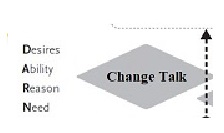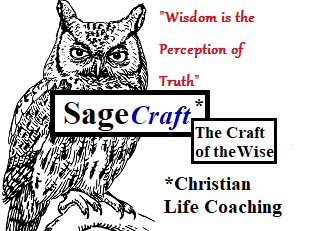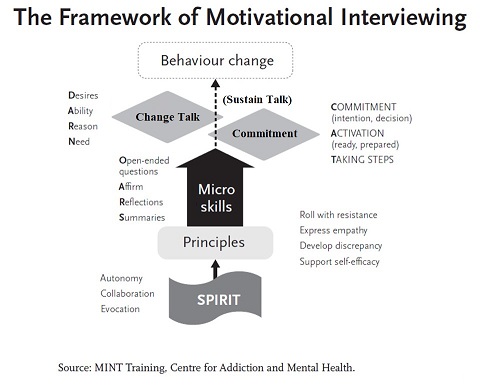WORKING THIS “CONVERSATIONAL CHANGE MODEL“
“The more you focus on “Change Talk and Solutions”, in your Coaching conversations, the more likely it is that your Client will be able to facilitate lasting positive change. “
D.A.R.N.C.A.T. is an acronym. It is another “Conversational Change Model”. Meaning: You can help people make positive, lasting changes in their lives, in the course of an ordinary conversation. This acronym provides a checklist of questions. This checklist gives you guidance for things you can ask your Client/Loved ones about. The strength of the D.A.R.N.C.A.T. model is in its planned structure.
“Both the “DARNCAT” (from Motivational Interviewing) and “MECSTAT ” (from Solution-Focused-Brief-Therapy) conversational models can provide a potent, effective Skillset for the aspiring Life Coach” -Rich Dallas- Achology Certified Life Coach.
Much like the “MECSTAT model“, the “D.A.R.N.CA.T.” model assists you in drawing out Change Talk from your Life Coaching Client. The more you focus on Change Talk, and Solutions, the more likely it is that your Client will be able to facilitate lasting positive change.

This model comes from Motivational Interviewing (MI) – By Miller and Rollnick). Motivational Interviewing is one of the more potent, Evidence-Based modalities, for Life Coaching out there. The DARNCAT model was originally devised as a checklist for professional counselors and therapists. They were working with people who suffer from addictions.
If you examine the questions in the D.A.R.N.C.A.T. model questions and give thought to the rationale for their use, you will see that the model is very readily adaptable to an extraordinary range of Life Coaching situations. – Rich Dallas-Achology Certified Life Coach
They needed a strategy to guide therapeutic conversations toward the decision to change stop using drugs. If you examine the questions and give thought to the rationale for their use, you will see that the model is very readily adaptable to an extraordinary range of Life situations.
There are similarities differences between the DARNCAT and MECSTAT models. You should get a feel for both.

GET ‘EM TALKING ABOUT CHANGE:
The more you get the client to talk about CHANGE, the more likely they are to do so. The D.A.R.N.C.A.T. Model will help you remember the seven types of change talk, that you want to elicit from your Life Coaching Clients.

These questions help direct your Life Coaching Client/Loved ones through the changes they want to make; the reasons why they want to make them, and the reasons they NEED to make them. The questions you ask a Client/Loved one, are arranged into coherent clusters.
The clusters evoke CHANGE TALK. Each cluster of questions is designed to help your Client resolve Ambivalence and indecision in their mind. They resolve the ambivalence about changes they want to make. Using the model, you can help this process along, systematically and gradually.
That way, you will be able to move from one cluster of questions to the next, and even back and forth between the clusters, without interrupting the flow of your conversation.
Look at the diagram below. To evoke and fuel discussion about change (What Miller and Rollnick call “CHANGE TALK“) the D.A.R.N.C.A.T. Model focuses on some key areas:
TRAINING TIP: AUDIO RECORD THE MEANING OF EACH LETTER IN THIS ACRONYM, SO YOU HAVE IT MEMORIZED. THEN, PRACTICE ON EVERYONE, WHETHER THEY PAY YOU OR NOT.
- D -ESIRE – Take the opportunity to ask the Client why they might DESIRE to make changes in their work or personal life. What do they have NOW? What’s GOOD about what they have now? ASK: What do you like about the way things are now? What change(s) do you need to make? Why would you want to make this change? What’s important to you about making this change? What specifically would you alter, or improve, in considering a change? Why do you want to make his change NOW? Asking: “Why … NOW“? presupposes they are going to make the change, and that they are going to do so, right away.
- A -BILITY – Discuss the idea that they do have the ability to implement change. Ask: Is it within your ability to make the change NOW? On a scale of 1-10, how much do you believe in your ability to make this change? What would it take to bring it within your ability to change, NOW?
- R -EASONS -What reasons might you have to make this change?
- N -EED -Why do you NEED to change? What need(s) would changing satisfy?
- C -OMMITMENT – Are you committed to getting results? What will the results look like? Will you decide to make these changes? How soon do you want this change to occur? How will you know that you have taken steps to ensure that these changes are occurring? What are you willing to do to make them happen?
- A -CTIVATION – Ready, Willing, and Prepared for change. This is purely an attitudinal and cognitive (Mental) choice/agreement/assent to the choice to begin working toward change.
- T -AKING STEPS – This component is about the ACTION steps that you need to take to affect real change. It is about BEHAVIOR. What steps could you take right now, TODAY, to move you in a positive direction? What actions will you take?

